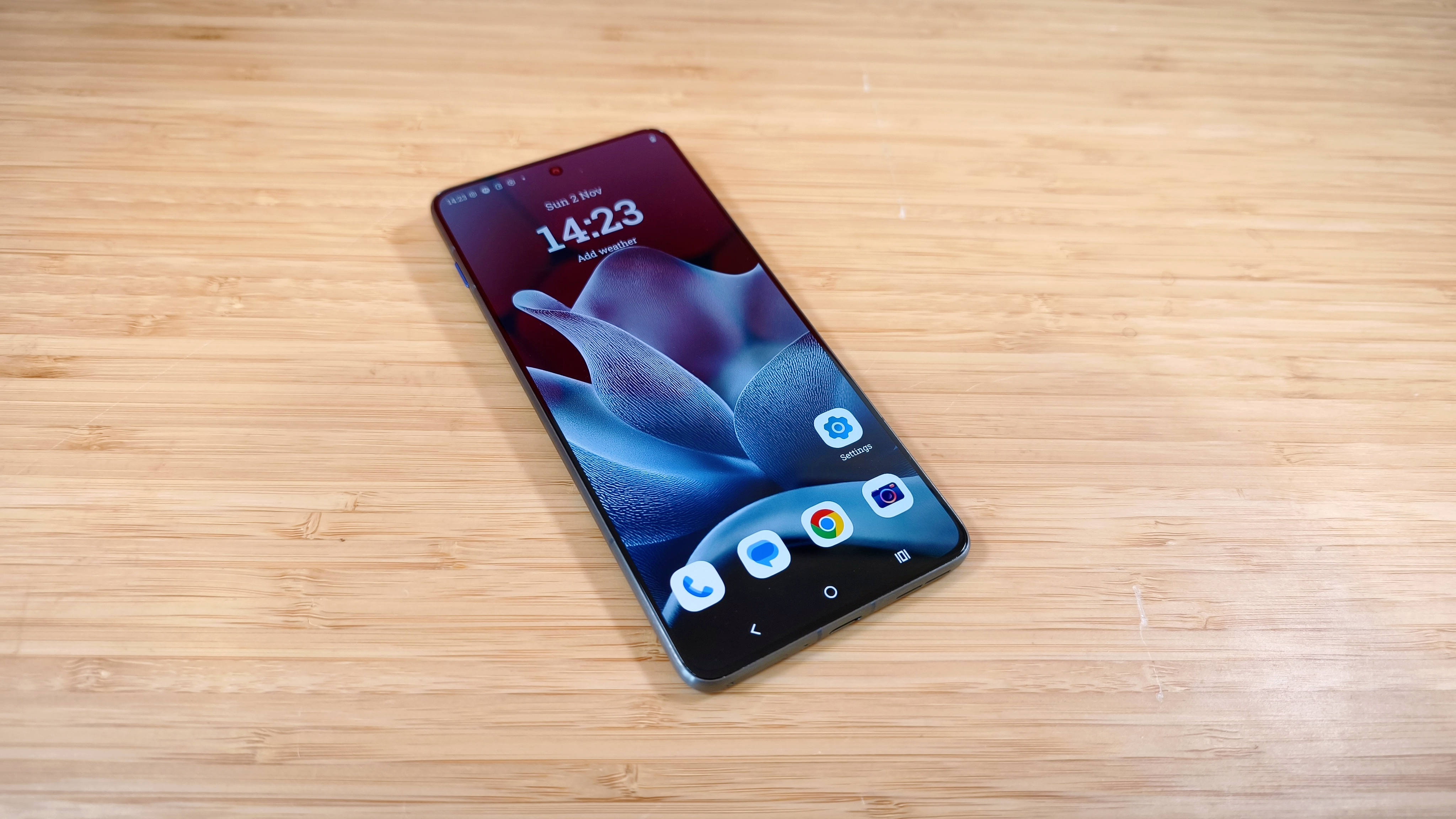Creating a whole world with Jellyfish Pictures
New creative director Archie Donato discusses the VFX and animation studio’s philosophy, leading a team, and the joy of creativity.
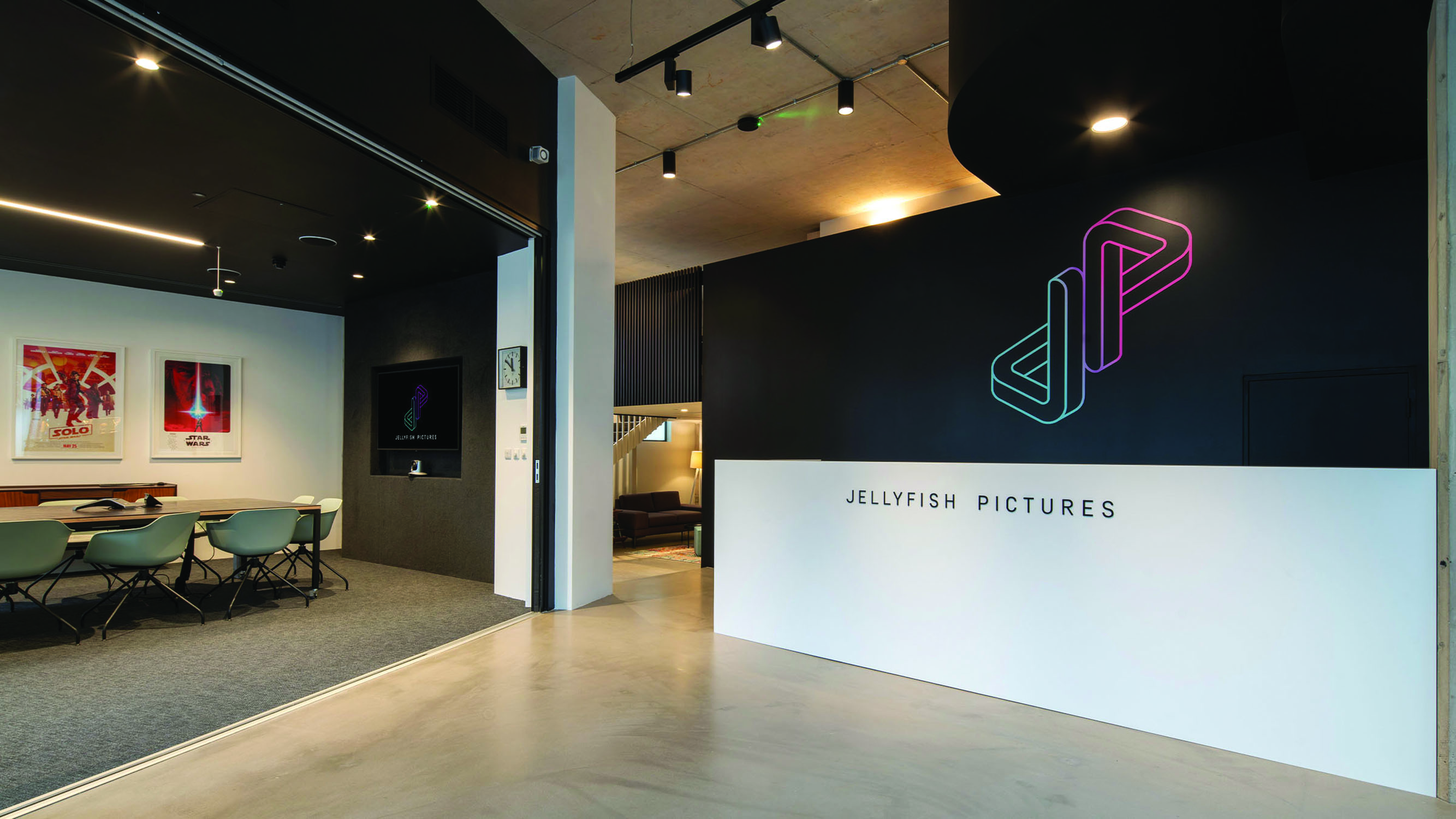
Founded back in 2001, Jellyfish Pictures is a BAFTA, Emmy and Annie award-winning animation and VFX studio that has been responsible for delivering a raft of critically acclaimed work for clients such as Disney, Netflix, DreamWorks, Apple TV+, HBO, the BBC and Amazon.
With a central studio based in Brixton, London, and a northern hub in Sheffield, the company has undergone rapid growth that includes an expansion into India in 2023. With a belief in using business as a force for good, it’s currently committed to working towards a B Corp certification for meeting high standards of performance, transparency and accountability in its work.
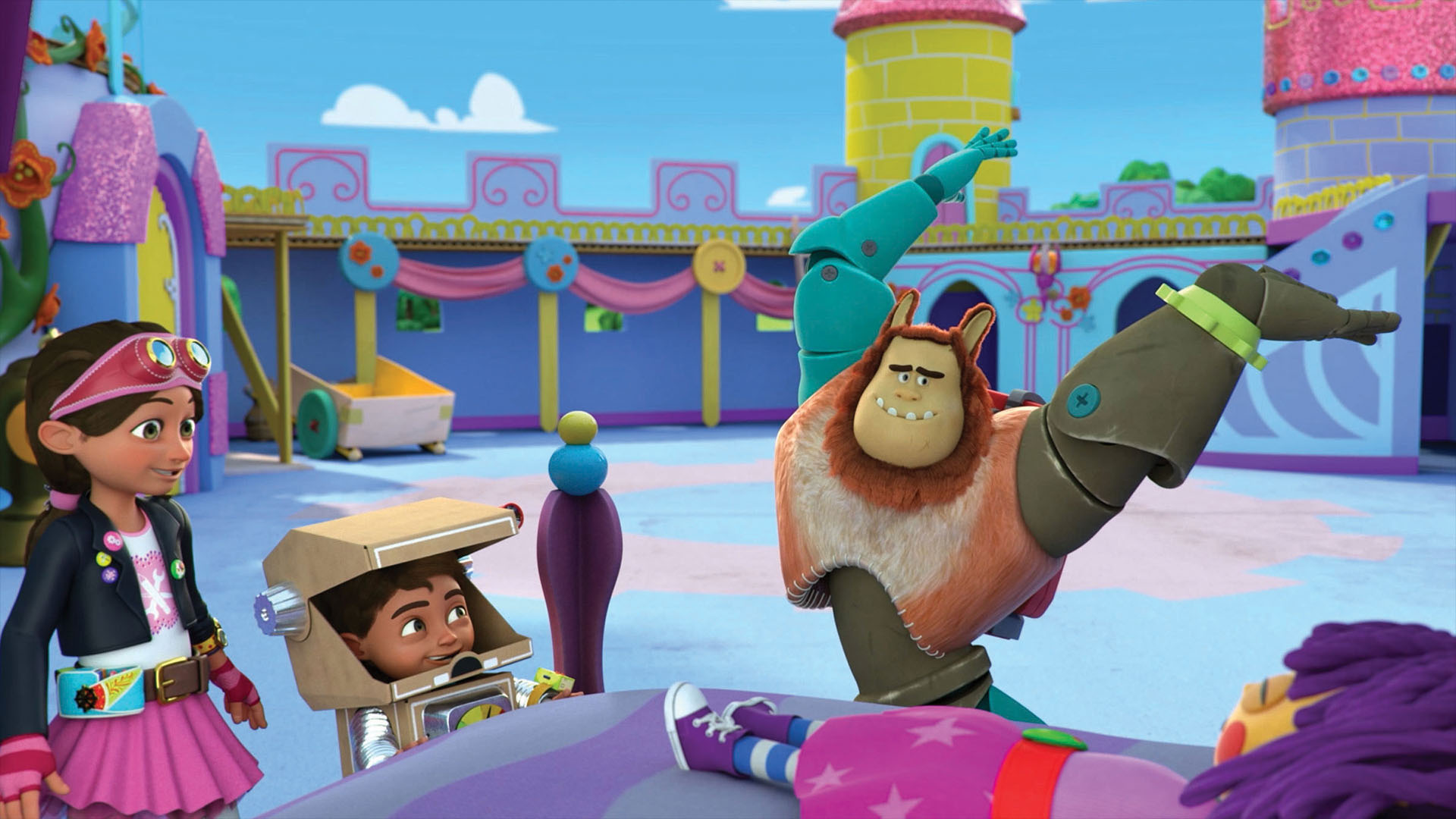
Jellyfish Pictures has created high-quality CG animation for DreamWorks’ Spirit Untamed and How to Train Your Dragon: Homecoming, plus top-rated children’s animated series like Dennis & Gnasher: Unleashed (The Beano/CBBC), Floogals (Nevision/Universal Kids), and Bitz & Bob (CBeebies).
Headed by Natalie Llewellyn, the studio’s 350-person strong animation division is currently in production on a series for Netflix and Lime Pictures titled Wereworld, based on a popular book series by Curtis Jobling, as well as an adaptation of Roald Dahl’s The Twits for Netflix. It has also recently started work on a new feature animation for a Hollywood studio.
Meanwhile, the company’s original content division, named Jellyfish Originals, is currently in pre-production on the upper preschool series Stan & Gran for Milkshake!, with an adaptation of author and presenter Dermot O’Leary’s book series Toto the Ninja Cat also in development.
In September 2023, Archie Donato was appointed as the creative director of animation at Jellyfish Pictures, bringing over two decades of experience at the likes of ILM, DreamWorks and DNEG. 3D World spoke with the man himself about his role at the studio, as well as its overarching process and creative philosophy.

Our conversation with Donato begins with him identifying the fundamental distinction between the two creative spaces Jellyfish Pictures works in. “Generally, our business consists of a visual effects side and then an animation side,” he notes. “There isn’t really a clear delineation between the two necessarily, because we try to use the same pipeline and work in such a way that we can exchange the talent even if they’re working on a VFX project.
Daily design news, reviews, how-tos and more, as picked by the editors.
“However, it does still require us to have a certain amount of delineation because the two mediums are incredibly different. A lot of the time I think people don’t realise just how different those two mediums are.
“With animation we’ll often be involved right from initial visual development – particularly here at Jellyfish Pictures where we have a very strong visual development and design team – and through animation itself, shaping and refining all the storytelling and performances of the entire film through to the final finish and polish. Whereas, in most cases, VFX artists need to be detailed in terms of matching the look for the whole movie, which has been primarily shot on camera – often with a lot of greenscreen – and that’s their whole craft."
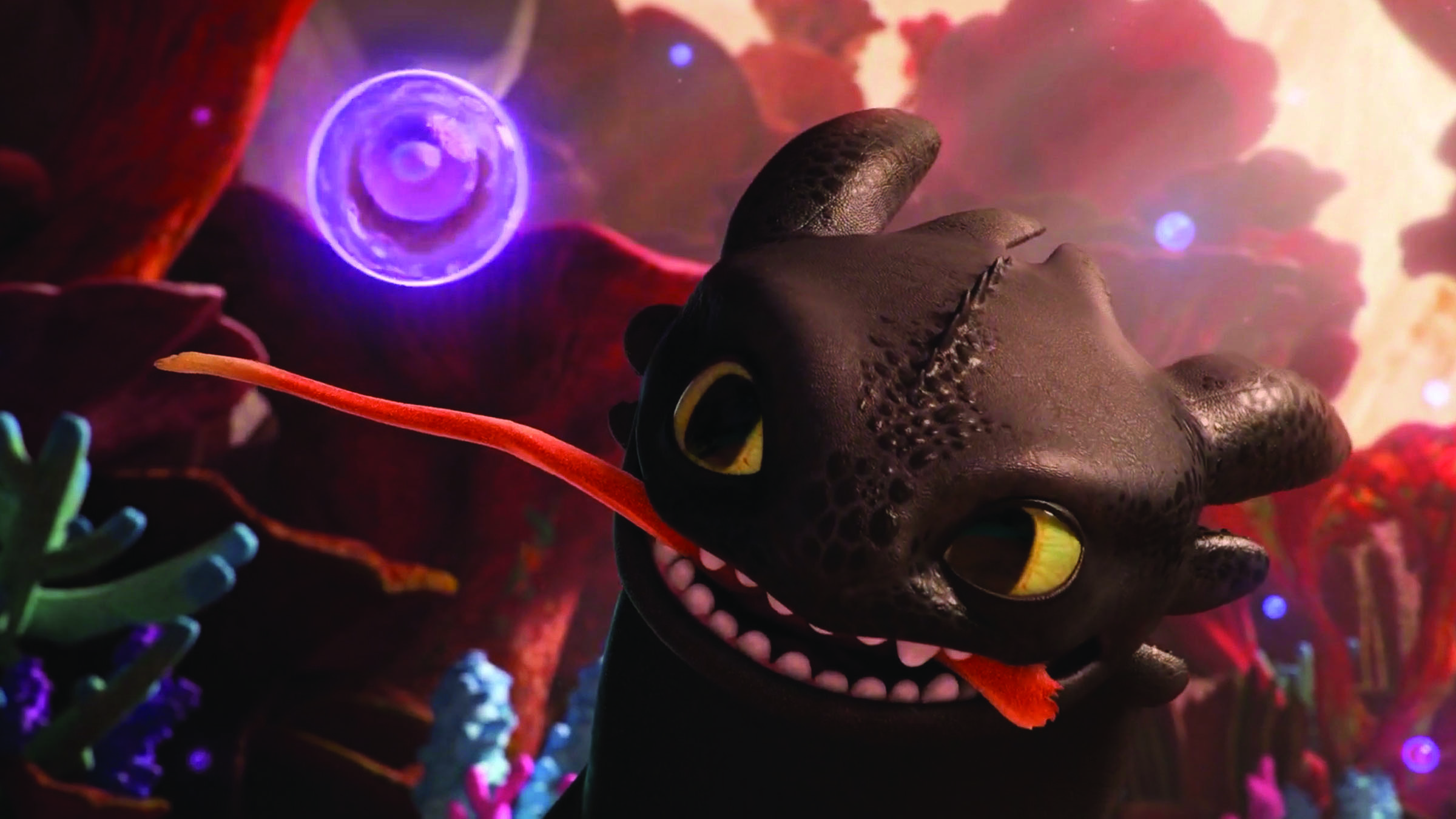
“So the VFX artists are normally tasked with matching the plate, and ideally will have strong direction with the content to help tell the story. However, in animation we’re required to be over the entire context and story of the film to help bring the whole thing together. There can, of course, be some cases where very VFX-heavy films require much more involvement from script to screen than others, such as those that have lots of CG characters and fantastic environments and other creations.”
Donato goes on to identify how the studio engages with its clients. “What separates Jellyfish Pictures from other animation studios, in most cases where I’ve worked, is that at other studios they have a more vendor-focused approach,” he says. “All of the pre-production and visual development work is completed, and the moment you start to go into a story, as in the hand-drawn story goes into the action, we then come in with the pictures on the digital side where we create the previs.”
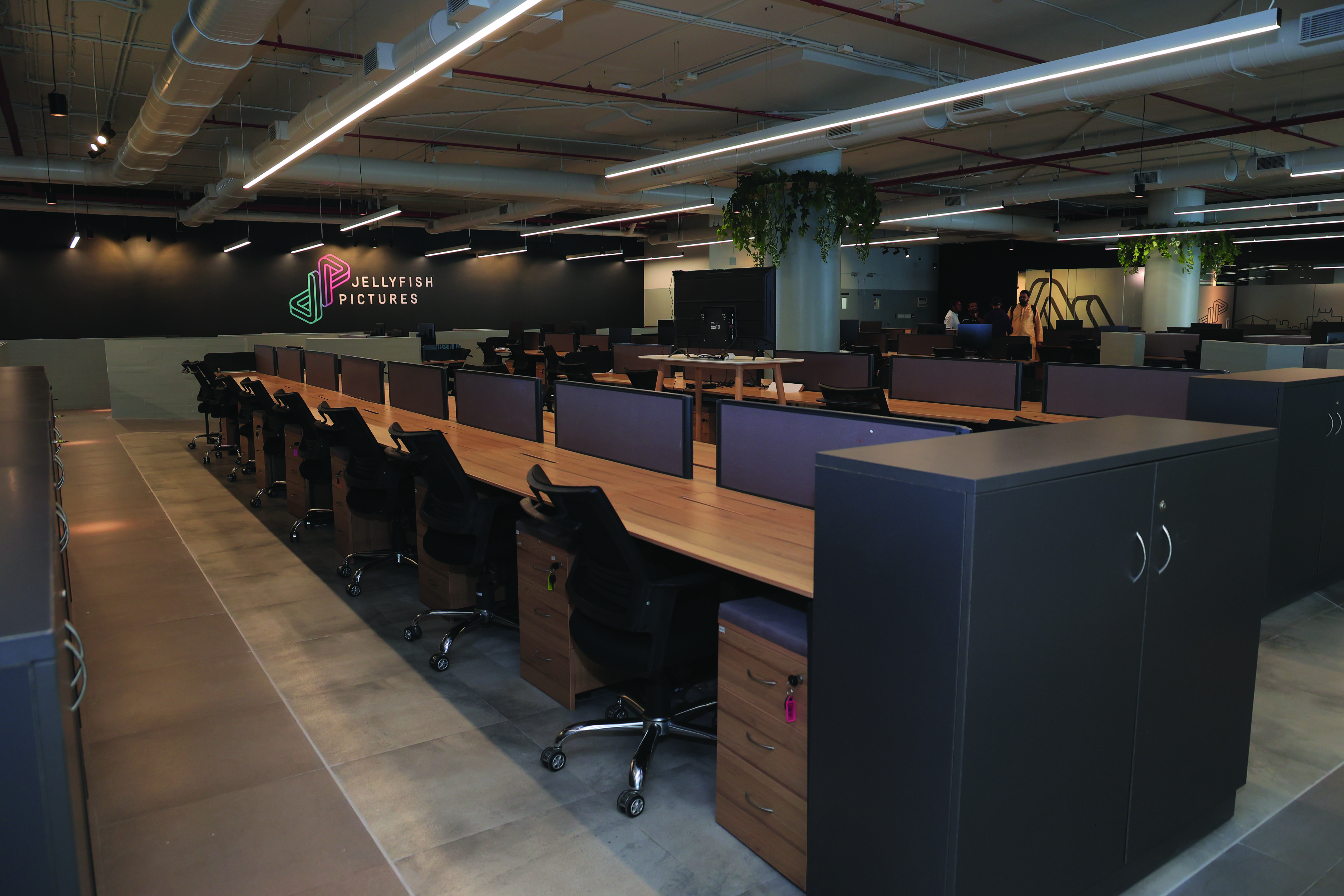
Of his role, Donato explains: “My number one goal is to make sure that the quality we deliver is representative of our studio. For example, for all of our shows I’ll have regular meetings with the clients, the VFX supervisor, and the producer of the show.
“A film production is an evolving organism, and so we’ll talk about the increasing and decreasing complexity of a project. My job is to steer this process, to stay within budget, and ensure that we’re delivering the best product. Our business model at Jellyfish Pictures is that we provide high quality for a relatively affordable price, and that puts us in a unique position.
My number one goal is to make sure that the quality we deliver is representative of our studio
Archie Donato
“The other part of my job is winning new work. I read a ton of scripts, and for clients I’ll also do mood boards if they don’t have any visdev done. Eventually, when visual development artists come on board it’s those guys who find the visual language of the film. I still need to make sure that I nurture [VFX and animation] and not neglect either one.
“Once the film gets in a groove it usually runs. The team has found the visual language and so they’re humming along. Of course, I check in with them once a week, sometimes more. Only if a VFX producer comes to me, then I can do a more targeted involvement.
“It’s a chess game. At the start of a new show I’m working on getting exactly what we need to be up and running; how to approach the film and how to accomplish the style. When I’m sitting with a client, I need to tell them what it is that we can do.”
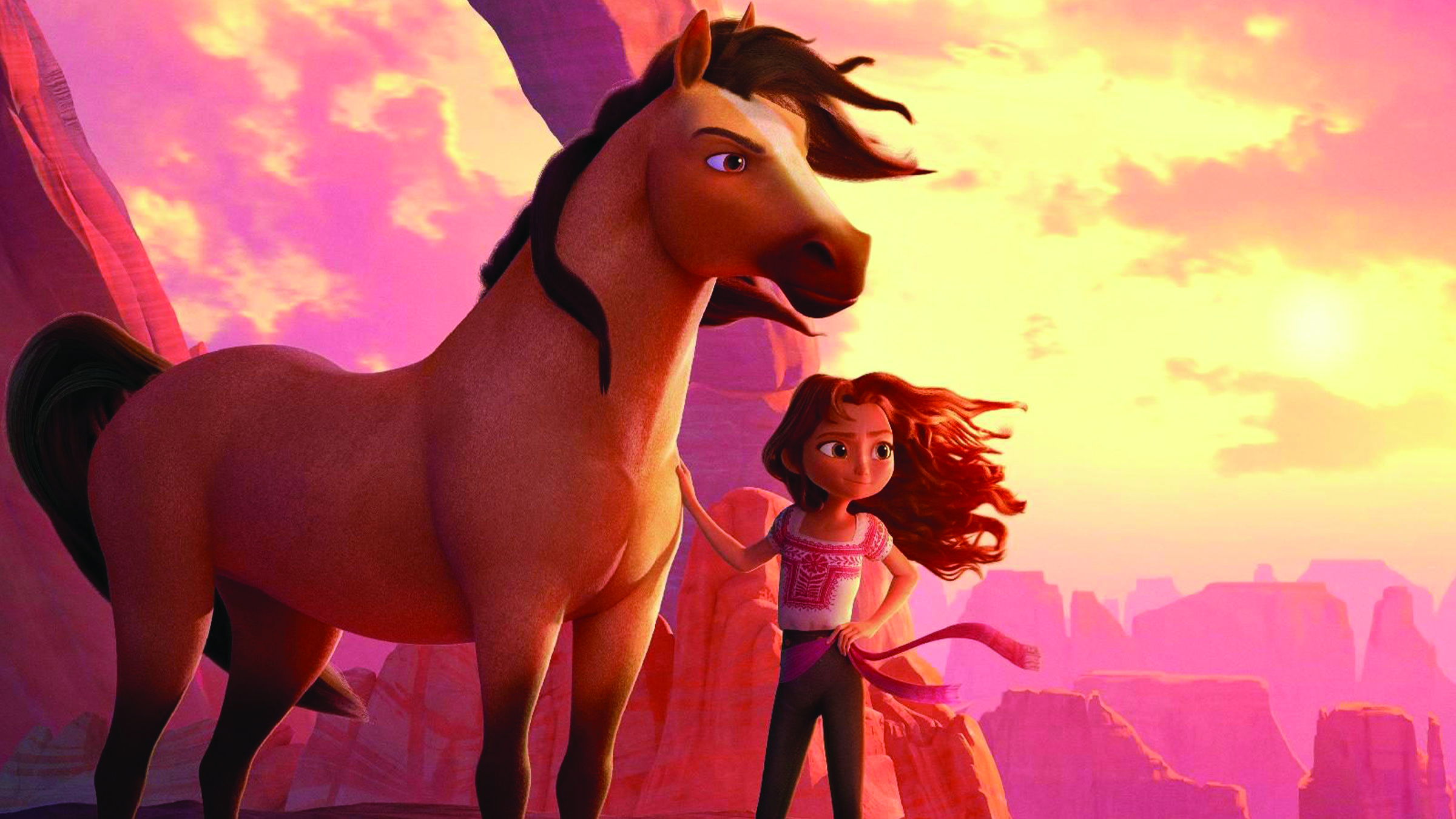
Donato also notes: “Very smartly, Jellyfish Pictures offers more of a one-stop shop situation where you can come to us with your script, and we’ll do the script breakdown and hire the story artists. And this gives us a unique little niche within the business. We work with big studios who generally have a very structured kind of process. But then there are smaller studios that we work with too, where they don’t have that within their organisation, and so we offer it for them.”
Discussing the later phase of a production, Donato adds: “The back end of the film then becomes an exercise of endurance; you just need to finish! By then, ideally, you’ve figured out the artistic side of things. A lot of times along the way, we’ll have screenings many times and during those screenings you get notes. Based on that there is a ‘change order’.
“At times they can be drastic, at others it could be something more superficial. It all depends on how the front end went in terms of the clarity about what is wanted. On some occasions it’s less about the look of the film and more about the story, which will then become a negotiation: how much more money is needed.”
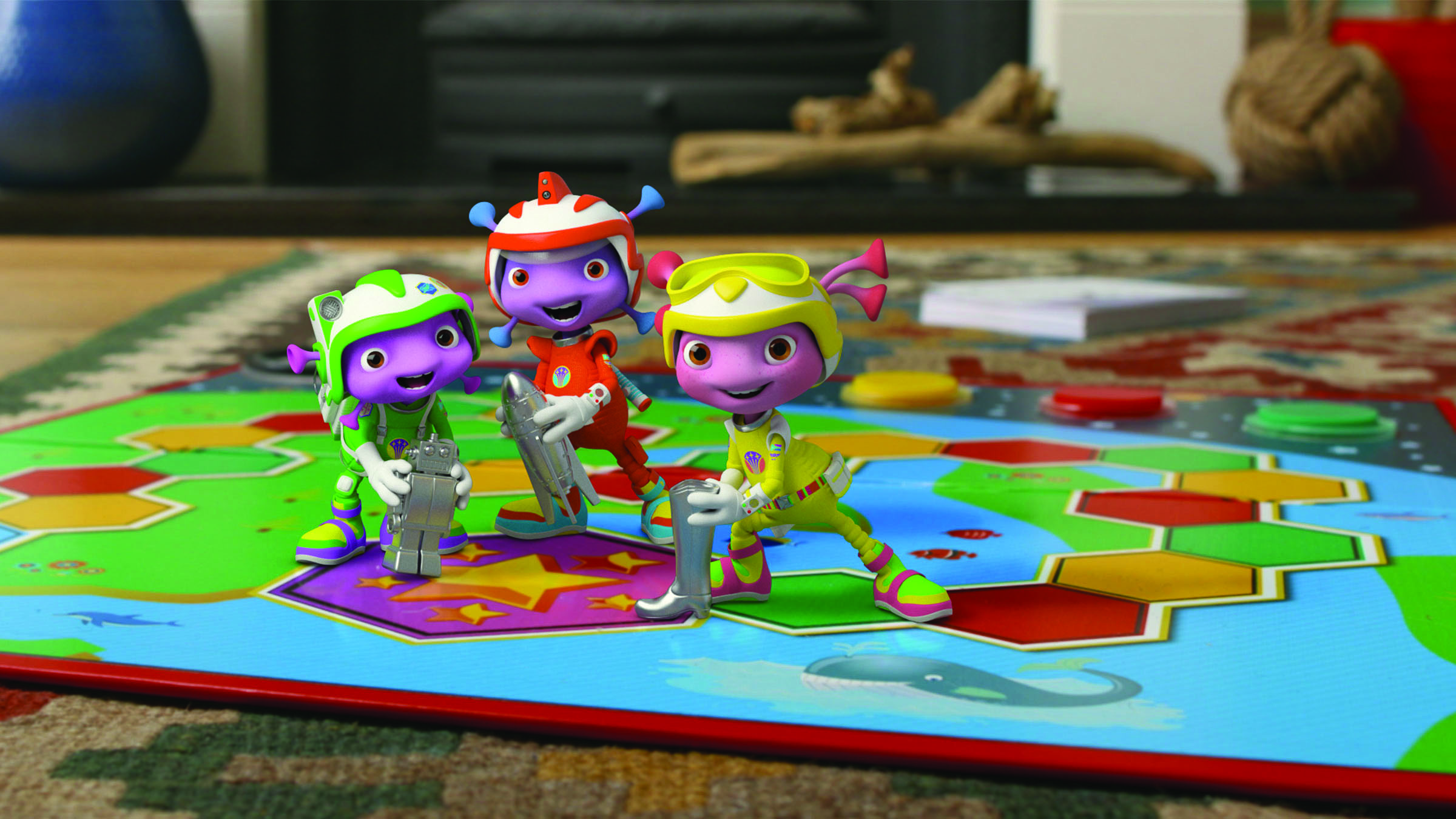
As readers of 3D World will know, the past 12 months have seen the writer and actor strikes across the American film industry have an impact on production and development schedules, which made for a challenging landscape. “2023 has been an outlier year; a really difficult year,” Donato says. “We were incredibly fortunate, however, to have two features and a Netflix series in the works that carried us through the strikes.”
[our tech] can now do things we couldn’t even dream of
The slate of current projects at Jellyfish Pictures is varied, with Donato enthusiastically looking ahead to the aforementioned The Twits film, explaining: “The animation division and our teams are working on a variety of really exciting projects right now. Most recently announced is that we are doing The Twits for Netflix. That’s a project in-house for us right now.
“The Twits is incredibly beautiful; unbelievable artwork and incredibly stylised. It’s a very challenging film from a visual standpoint as it has a lot of visual complexity. We work closely with Netflix and, on this film, we have been involved from very early on as a big part of it. When you get involved that early on, it really makes you a cheerleader for the show. We’re emotionally invested. Some fantastic visuals are being developed, and that’s all going incredibly well.
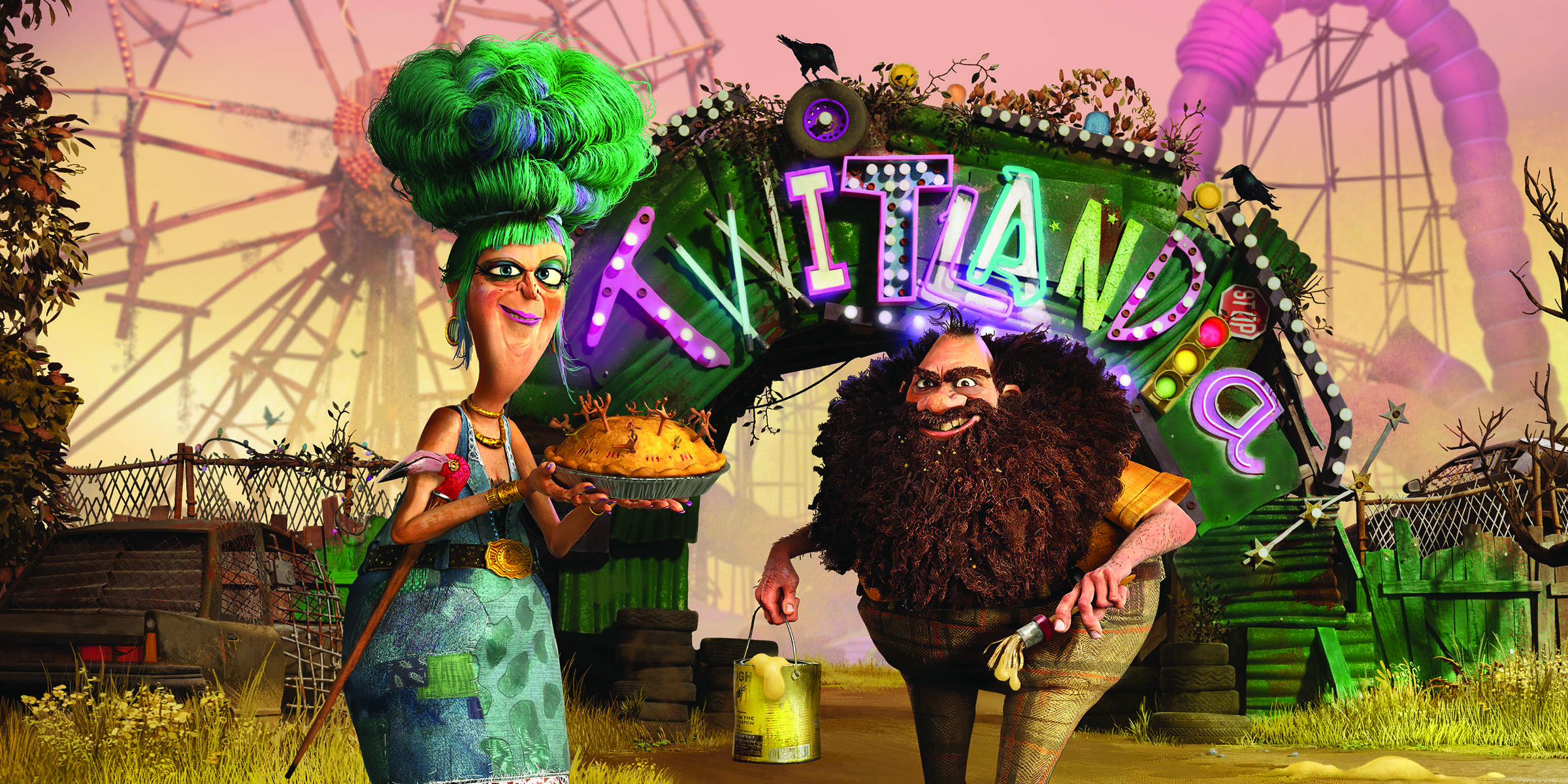
“Jellyfish Pictures is dedicated to a stylised look, and I absolutely love that. It makes us incredibly versatile, and our clients can have confidence that we can go with any style. The other thing that we really pride ourselves on is that each project in production right now is dramatically, visually different from the others. This is part of our business model.”
Donato goes on to discuss the aesthetic range that characterises the work Jellyfish Pictures can undertake. “For us, our versatility is everything,” he says. “We pride ourselves that there’s no style that we won’t go after. We love to take on a challenge. Since Into the Spider-Verse came out it’s pushed stylisation to a limit that the technology allowed at the time. It also started off this massive wave of films that wanted to go with a super-stylised and visually rich look. Before Into the Spider-Verse, animation was all based around physically based rendering and then, all of a sudden, we went in another direction.”
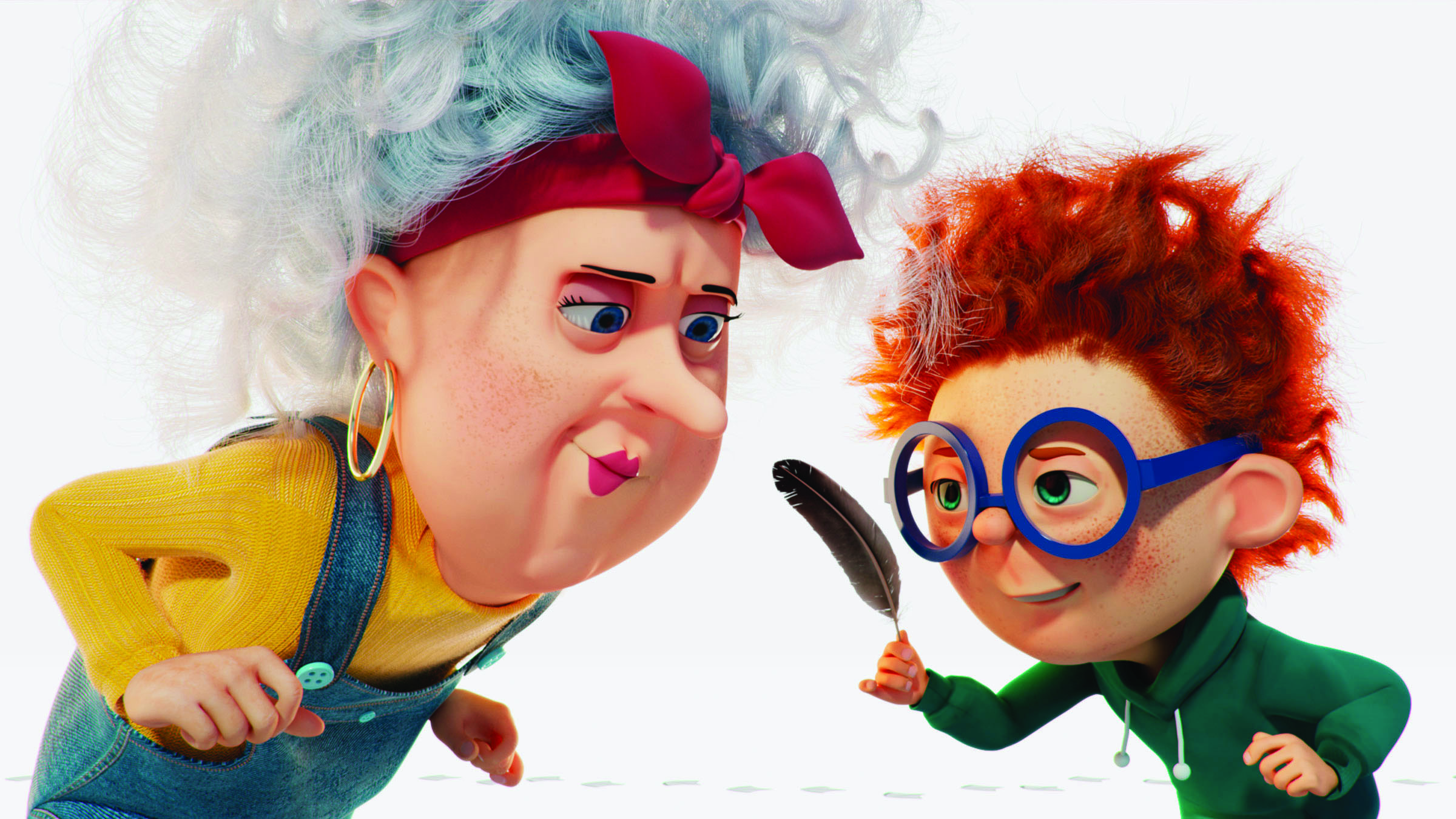
Donato makes the point that for several decades, animation studios had stuck with their own look. “Into the Spider-Verse has forced [the animation industry] to invent new workflows and new techniques,” he adds. “Before this, studios were just doing pretty, lighting and now, for example, it’s about asking, ‘How do we do this line-art in 3D?’ We’ve pushed our tech, and we can now do things we couldn’t even have dreamed of before. Tools are being written at Jellyfish Pictures to accommodate new workflows.”
As such, Donato is mindful of staying current with these new, emerging technologies and their creative applications so as to stay relevant. “It’s not only out of love, but also out of necessity. I’m an artist all the way through.”
To learn more about Jellyfish Pictures and its projects, visit the studio's official website.
This interview originally appeared in 3D World magazine, the world's leading digital art, CG and VFX magazine. 3D World is on sale in the UK, Europe, United States, Canada, Australia and more. Limited numbers of 3D World print editions are available for delivery from our online store (the shipping costs are included in all prices).

James has written about movies and popular culture since 2001. His books include Blue Eyed Cool: Paul Newman, Bodies in Heroic Motion: The Cinema of James Cameron, The Virgin Film Guide: Animated Films and The Year of the Geek. In addition to his books, James has written for magazines including 3D World and Imagine FX.
